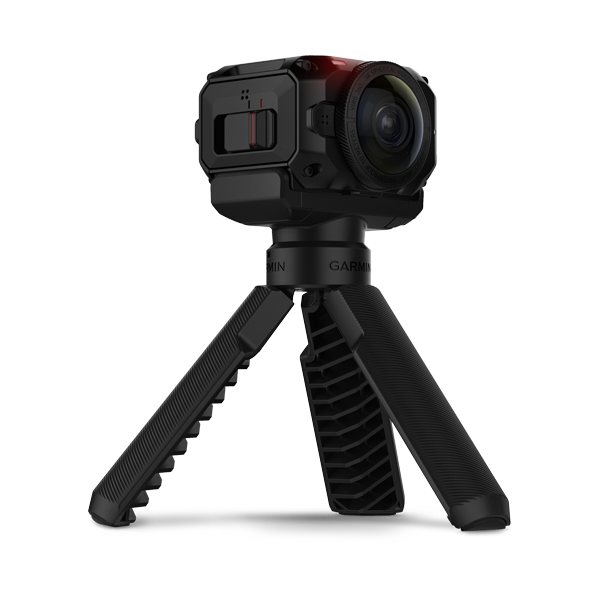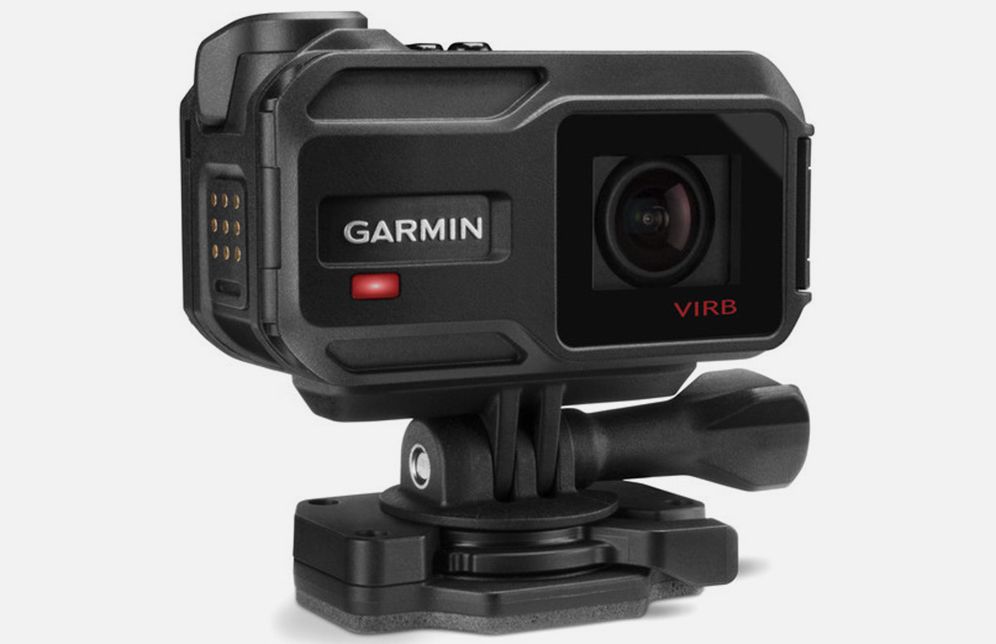

There are adhesive mounts for flat and curved surfaces, alongside long and short linkages. Garmin has been reasonably generous with the mounting bundle. Garmin VIRB XE – Mounting Options and Settings While it isn’t as effective as a good optical system, it’s worth having. I found this did have some positive effects on the jerkiness of video. Although this is primarily electronic, the VIRB XE also uses gyro-detection to enhance its capability. Unlike the majority of action cameras, the VIRB XE features image stabilisation. However, the underlying sensor is the same 1/2.3in in size, and actually has a reduced 12.4-megapixel resolution.
#GARMIN VIRB EDIT PICTURE IN PICTURE 480P#
Then there’s a full slow-motion 480p mode at 240fps.
#GARMIN VIRB EDIT PICTURE IN PICTURE 720P#
It can also shoot 1,080p at up to 60fps, 960p at up to 100fps, and 720p at up to 120fps. Where the original VIRB maxed out at Full HD and offered only a WVGA (854 x 480) 120fps slow-motion mode, the VIRB XE raises the maximum to 1440p (1,920 x 1,440) at 30fps – though sadly it doesn’t feature 4K. On paper, the internal specification and shooting options are too.

So, apart from the loss of the video display, the physical construction of the VIRB XE is impressive. Garmin VIRB XE – Shooting Options and Specification In its place is a monochrome LCD panel, which does at least allow you to configure settings without the need for a smartphone connection – unlike some action cameras, such as Panasonic’s HX-A1ME. Although you won’t easily be able to use this when you’re hurtling down a mogul piste, it certainly helps with angling the camera correctly, so you don’t need to rely on a smartphone. The smaller battery means the XE has a two-hour quoted battery life, rather than three, although this is still more than many action cameras offer.Īlso note that the easily removable battery means you can bring spares, which cost about £15 each online.Ī greater disappointment is that the handy screen on the original VIRB has been lost. Releasing the panel reveals a 980mAh removable battery, rather than the 2,000mAh of the VIRB Elite. This is achieved with a secure locking panel on the front of the device, which would be extremely difficult to knock open accidentally. It can even withstand five atmospheres of pressure, which equates to a depth of 50m underwater. Garmin doesn’t quote any ingress protection (IP) ratings, but the company does claim the VIRB XE can operate at temperatures from -20C to 45C. Garmin VIRB XE – Physical Features and Battery Life Unlike the bullet-camera format of the original, the XE is more GoPro-like and features many innovations that seperate it from the crowd.

Rather than being an evolution of the first VIRB generation, the XE is a completely new model. The VIRB XE builds on the original VIRB Elite, which had plenty of novel features to make it worth considering. Although it may seems odd that GPS manufacturers are now making camcorders, the erosion of their market thanks to smartphones, and the obvious connection between GPS technology and extreme outdoor activities, makes the development logical. The VIRB XE is Garmin’s latest action camera.


 0 kommentar(er)
0 kommentar(er)
